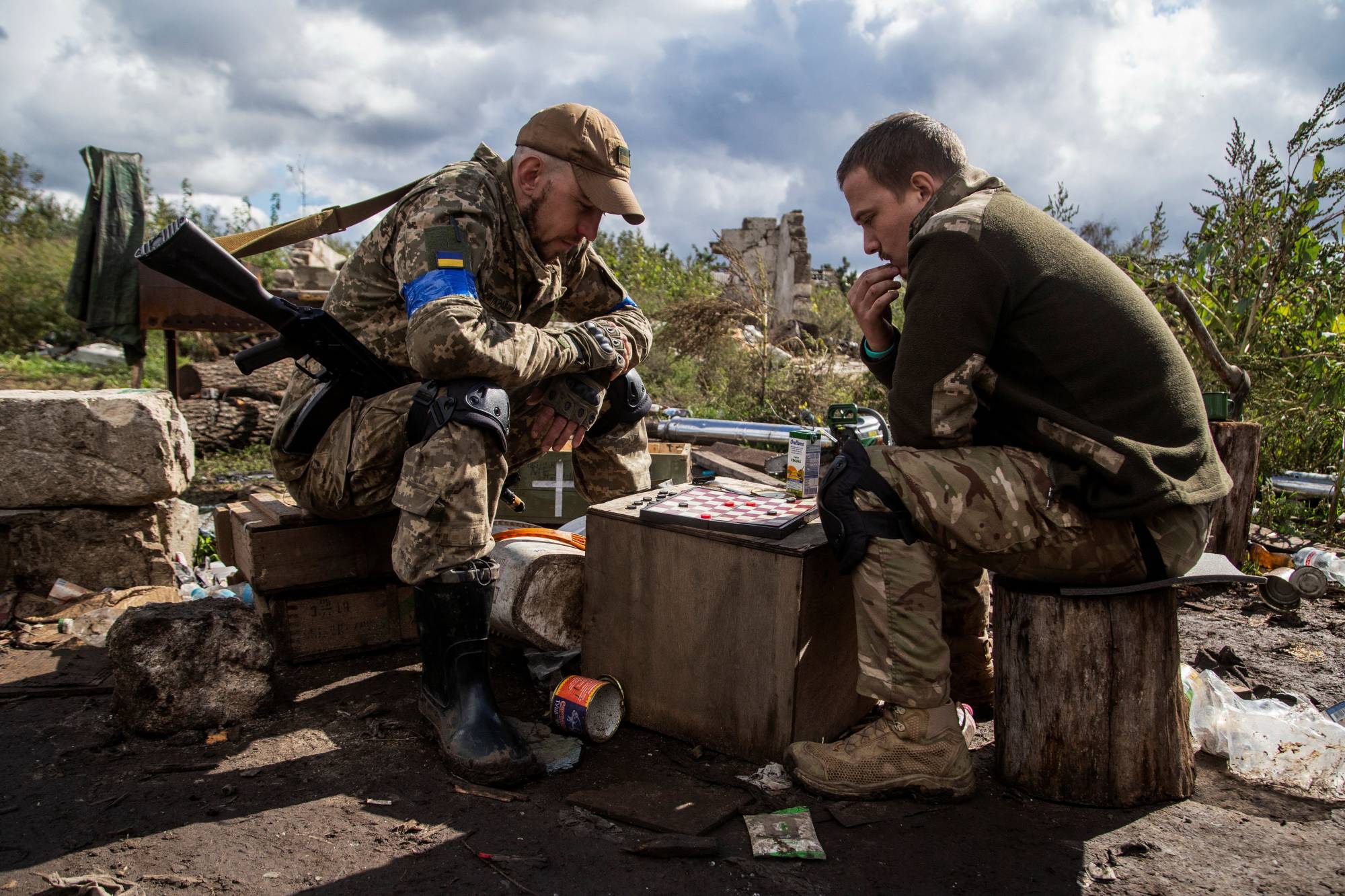A nuclear specter is haunting Europe once again. Last week, Russian President Vladimir Putin ordered a mobilization of some 300,000 reservists and announced that he will use “all available means” to defend Russia, adding, “This is not a bluff.”
As one senior European policymaker noted to me, such nuclear brinkmanship is an invitation to dust off old Cold War tomes such as Herman Kahn’s "On Thermonuclear War." To be sure, amid the euphoria following recent Ukrainian battlefield victories, some commentators are cautiously optimistic that Ukraine could win the war by the spring.
But Putin’s latest moves suggest that Russia is settling in for a long war of attrition. In addition to issuing more strident threats, he has also reduced two significant asymmetries that have characterized the conflict so far. The first is the gap between Russia’s “special operation” and Ukraine’s whole-of-society response to it. Deploying 300,000 more soldiers may not be enough to overwhelm Kyiv or occupy Ukraine, but it will keep Russia in the game.

















With your current subscription plan you can comment on stories. However, before writing your first comment, please create a display name in the Profile section of your subscriber account page.